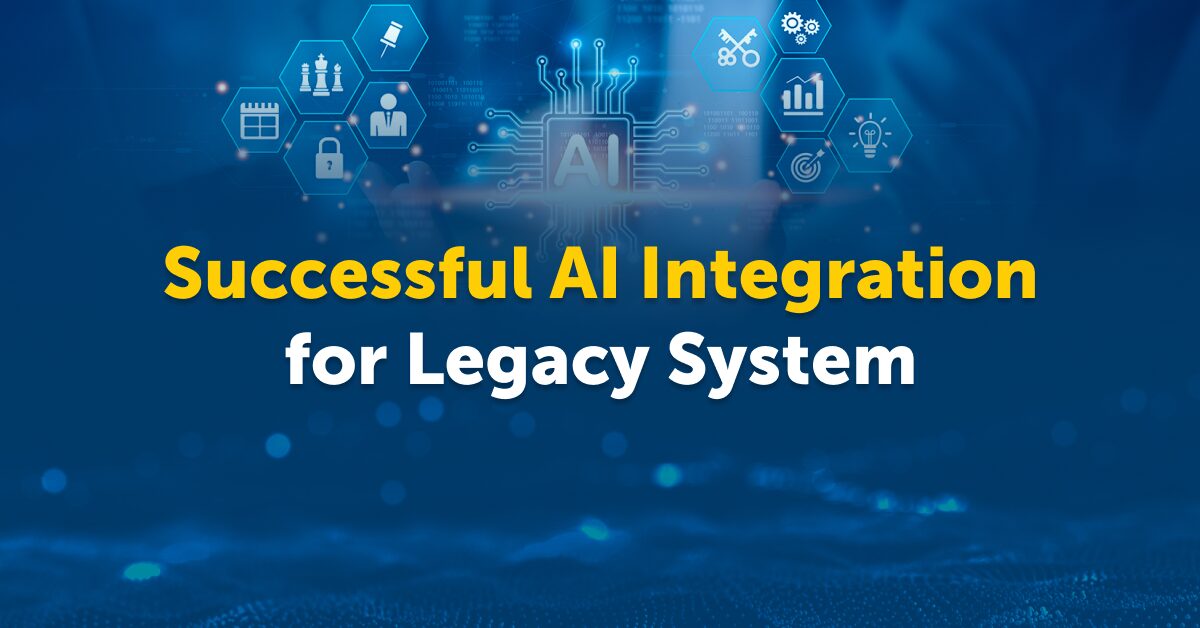
Generative AI will transform communications through its ability to produce original, tailored content at scale. This emerging field of AI will drive innovations in content creation, virtual assistants, marketing personalization, speech generation, and translation.
By leveraging Generative AI, your organization could gain a competitive advantage through enhanced productivity, customization, and global reach.
Let’s explore seven use cases of how Generative AI is shaping the future of communications. Understanding these applications will help communications leaders and professionals develop a strategic roadmap to harness its full potential.
Table of contents
Content Creation and Curation
Generative AI has the potential to improve content creation and curation. By leveraging large datasets, algorithms can generate personalized and tailored content for specific audiences.
Automated Content Creation
Generative AI can create content including blog posts, social media posts, and news articles. AI determines topics, keywords, content types, and styles that resonate with given audiences. It then generates draft content which human writers can review. This semi-automated process reduces time spent creating drafts and ensures content aligns audience preferences.
Personalized Content Curation
Generative AI filters through massive amounts of data to curate personalized content. AI analyzes user interests, preferences, and past engagement to recommend relevant content including articles, blog posts, videos, and social media updates. Personalized curation helps users discover useful and interesting content while avoiding information overload.
Enhanced Search
Generative AI improves search in two key ways. It can generate search queries based on a user’s intent for better results. It also enhances search indexing by analyzing relationships between content, keywords, and search terms. AI identifies synonyms, related phrases, and concepts to optimize content for searchability.
Click here to explore the AI services and solutions from Fusemachines.
Personalized Marketing and Advertising
Personalized marketing and advertising leverage Generative AI to tailor content and experiences to individual customers. By analyzing data on preferences and behaviors, AI systems generate customized communications that resonate most with individual recipients.
Personalized Product Recommendations
Recommendation engines powered by Generative AI enable brands to provide individualized product suggestions based on customers’ tastes and needs. These AI systems track trends in a customer’s browsing and purchase data to determine products they may be interested in and generate personalized recommendations. Recommendations can appear in marketing emails or in mobile apps.
Hyper-Targeted Ads
Generative AI allows for hyper-targeted digital advertising based on a detailed understanding of customer attributes and behaviors. AI tools can generate and optimize ads for specific audiences based on location, demographics, interests, and more. These highly targeted ads are more likely to resonate with customers, increasing click-through and conversion rates. Generative AI also enables real-time optimization of ad creative, placement, and spending based on campaign performance.
Speech and Voice Content Generation
Generative AI has made significant progress in speech and voice generation. AI systems can now generate synthetic speech that sounds with specific prompts. This enables the creation of voiceovers, audio books, podcasts, and other voice-based content at scale.
Text-to-Speech
Text-to-speech (TTS) systems convert written text into audible speech. TTS powered by neural networks can produce speech that mimics human voices and accents with increasing accuracy. TTS allows for automated generation of audio content like audiobooks, podcasts, and voiceovers at a fraction of the cost and time.
Speech Synthesis
Speech synthesis focuses on generating speech from scratch rather than converting text. AI systems can now synthesize speech by learning the acoustic properties of speech and how to generate raw audio waveforms. This allows for flexible and controllable speech generation, as the system isn’t limited to converting predefined text. Speech synthesis enables applications like personalized voice assistants that can generate dynamic speech responses.
Voice Cloning
Voice cloning allows AI systems to generate speech in the voice of a specific person. AI analyzes recordings of a person’s voice to capture their vocal characteristics, speech patterns, and accent. The AI can then generate entirely new speech in the same voice. Voice cloning has potential applications for personal assistants, audiobooks, podcasts, and other media.
Click here to explore the how Fusemachines transforms businesses with its expert AI solutions.
Language Translation & Localization
Generative AI has huge potential to revolutionize the language translation and localization industry. As AI systems become more advanced, they are able to translate between languages with accuracy and fluency.
Neural Machine Translation
Neural machine translation (NMT) is an AI technique that uses neural networks to translate languages. NMT produces more fluent and accurate translations than the previous statistical machine translation approach. NMT models are trained on datasets of human translations, enabling them to learn the linguistic relationships between languages.
Some of the major benefits of NMT for translation and localization include:
- Higher quality translations: NMT produces more fluent and coherent translations that sound more natural.
- Faster translation: NMT can translate sentences and documents much faster than human translators. This enables quick translation of large volumes of content.
- Lower costs: NMT has the potential to significantly reduce the cost of translation by minimizing the need for human translators and reviewers.
- Scalability: NMT models can scale to translate between any pair of languages, enabling translation between thousands of language pairs.
Visual Content Generation
Generative AI has made significant progress generating synthetic visual content. For communications, this could translate to automatically generating visual content for social media posts, blog articles, marketing materials, etc. The applications include:
- Image generation: Generative adversarial networks (GANs) can generate photorealistic images by learning from massive datasets of images. These AI systems can generate images of everything from human faces to natural landscapes.
- Image enhancement: AI can enhance the quality of images by increasing resolution, colorizing black and white photos, modifying lighting, and so forth.
- Object generation: Some AI can generate 3D models and renderings of objects. This could be used to automatically generate visuals of products, locations, equipment, and more to supplement content.
- Video generation: Recent advances in generative AI have produced models that can generate short video clips. While still limited, this could eventually be used to generate custom video content for communication and marketing purposes.
Generative AI will continue to push the boundaries of synthetic visual content generation. As models become more advanced, this will provide communications professionals powerful tools to enhance visual storytelling and engage audiences in new ways.
Click here to schedule a free sicovery call with Fusemachines AI experts and empower your communications business.
Data Analysis & Insights
Once data has been collected and cleaned, the next step is to uncover meaningful insights.
Advanced analytics powered by Generative AI analyze both structured and unstructured data to detect patterns and trends. This could reveal opportunities for personalized content and optimized customer experiences. For example, an analysis of customer service chat logs may detect frequently asked questions or frustration points that could be addressed through automated responses.
Generative AI uses natural language processing to analyze qualitative data like open-ended survey responses, interviews, and social media comments. This helps identify themes, opinions and sentiments that provide a deeper understanding of audiences and their interests or concerns.
Predictive models using Generative AI analyze historical data to forecast future outcomes, behaviors or events. For instance, a model could predict how audiences may respond to a new product, campaign or brand message. This allows organizations to make data-driven decisions and gain a competitive advantage.
Bottom Line
As generative AI models become more sophisticated, they will transform how we connect, engage, and build relationships across cultural and linguistic borders. AI is shaping the future of communications, and the companies that strategically invest in and deploy generative AI will be poised to thrive in an increasingly automated world. Generative AI is the next frontier of communications, and the future is now.
Click here to explore the AI services and solutions from Fusemachines. Learn more about Fusemchines here.


